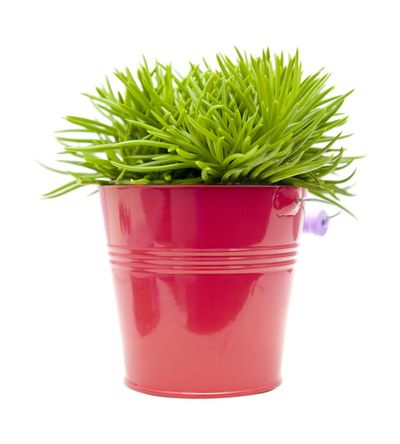Senecio Plant Info
While senecio succulents grow outdoors in warm climates, they are popular indoor plants in areas with cool winters. Senecio succulents are often grown in hanging baskets with the fleshy leaves trailing over the sides. Popular varieties of senecio succulents include string of pearls and string of bananas. Some varieties of senecio that typically grow wild are known by names such as groundsel or tansy ragwort. Some types of senecio produce yellow, sunflower-like blooms. Less commonly, senecio may produce purple or white flowers. Leaves may be deep green, bluish green, or variegated. Note: Senecio plants are toxic. Outdoors, the plant is especially problematic for livestock, as ingestion may cause fatal liver disease when eaten in large amounts or over a long period of time. Wear gloves when working with senecio plants, as the sap can cause severe skin irritation. The pollen is also toxic and may affect honey produced by bees that forage on the blooms. Plant senecio with great care if you have children, pets, or livestock.
Growing Senecio Succulents
Since succulent varieties are most popular, especially indoors, the following tips on growing senecio plants can be helpful: Plant senecio succulents in bright light. Like most succulents, senecio needs sandy, well-drained soil and is prone to rot in soggy conditions. Also, protect senecio plants from hot and cold drafts. Senecio is drought tolerant and should be watered sparingly, especially during the winter. Always let the soil dry out between each watering. Fertilize your senecio succulents lightly once every year during spring or summer. Senecio doesn’t like rich soil and too much fertilizer may produce leggy, unsightly growth. Starting a new senecio plant is easy. Just plant a leaf or two in a container with a mix of potting soil and sand.
